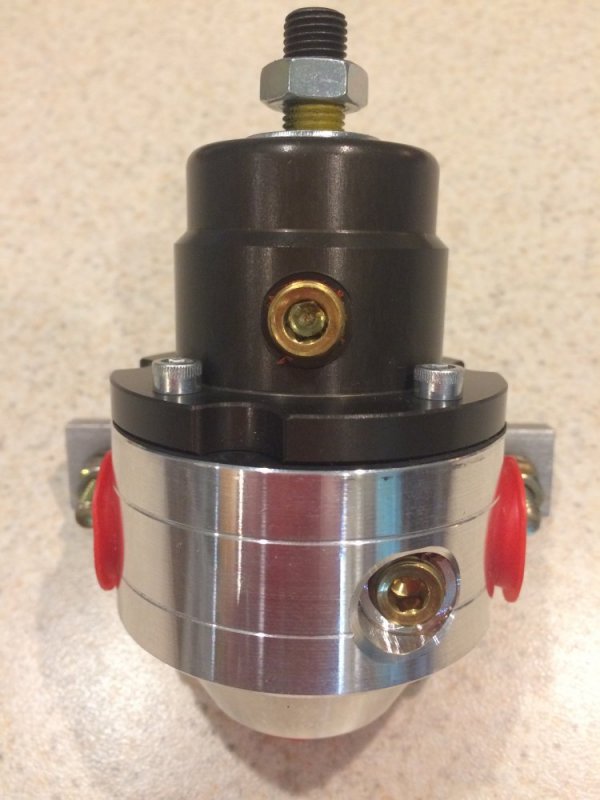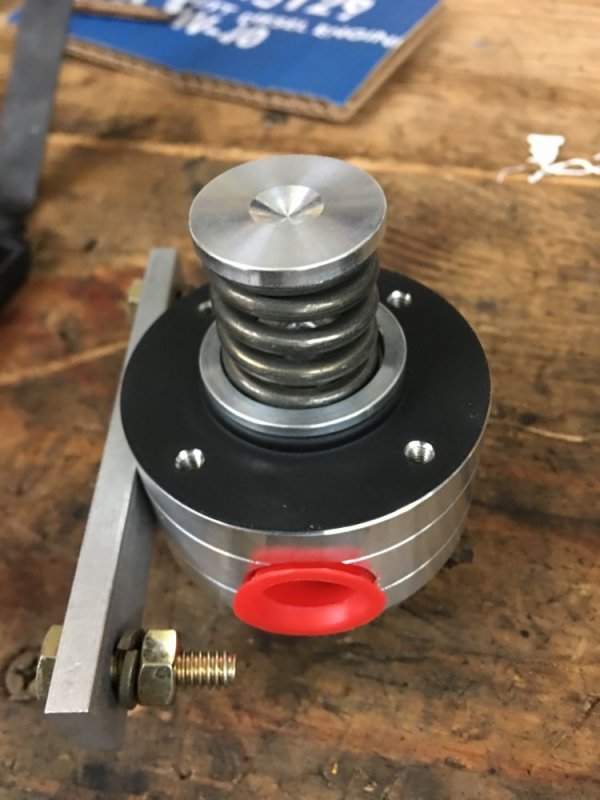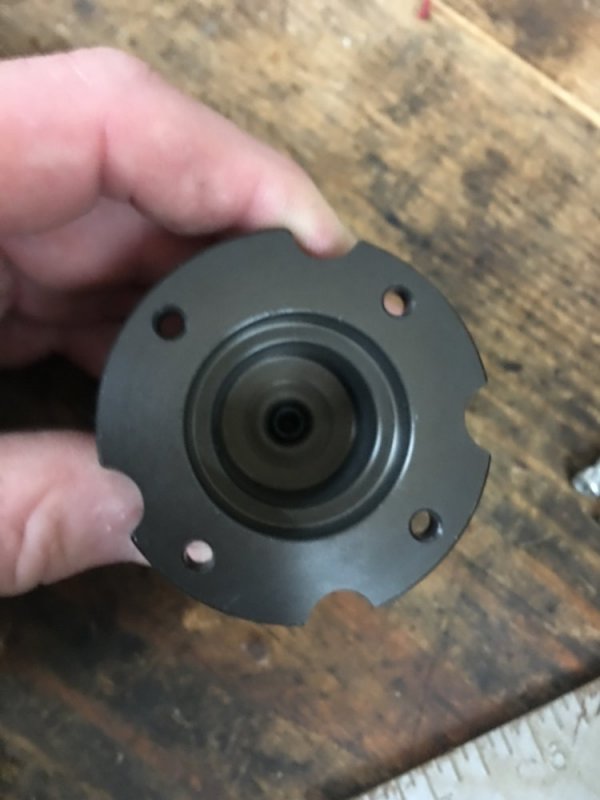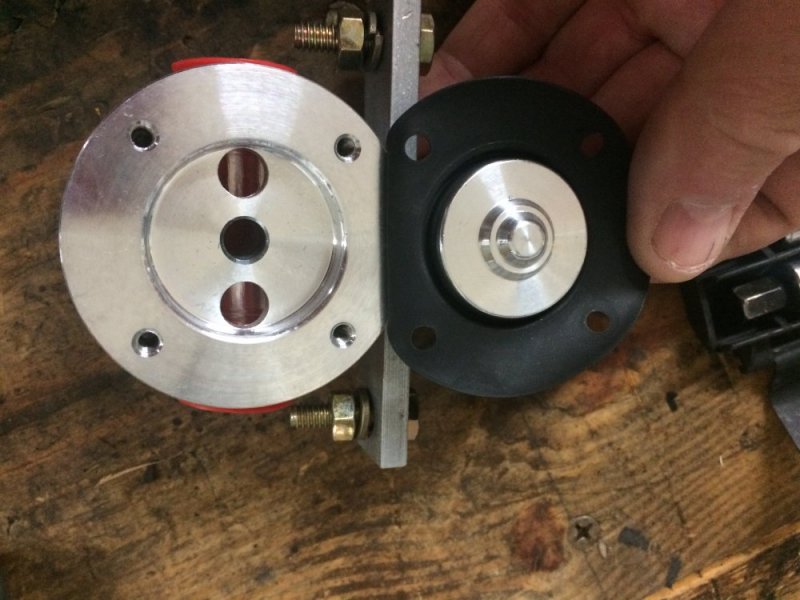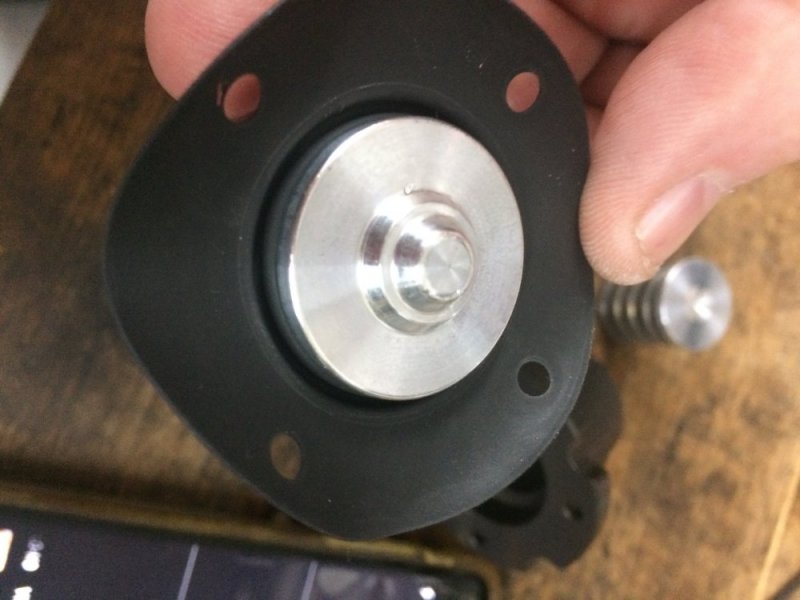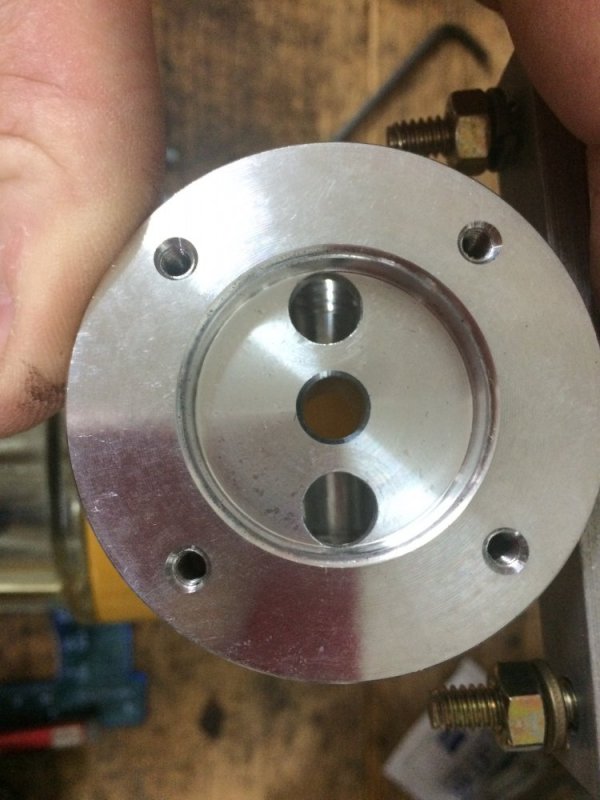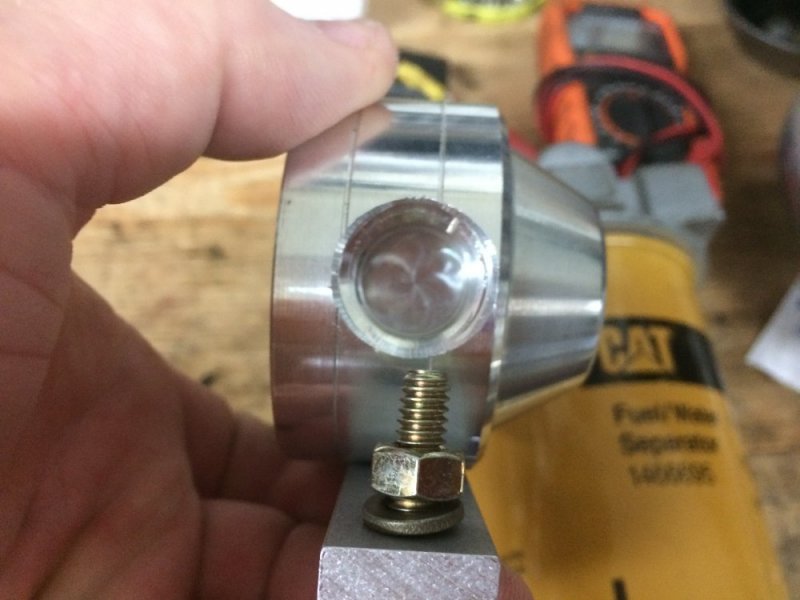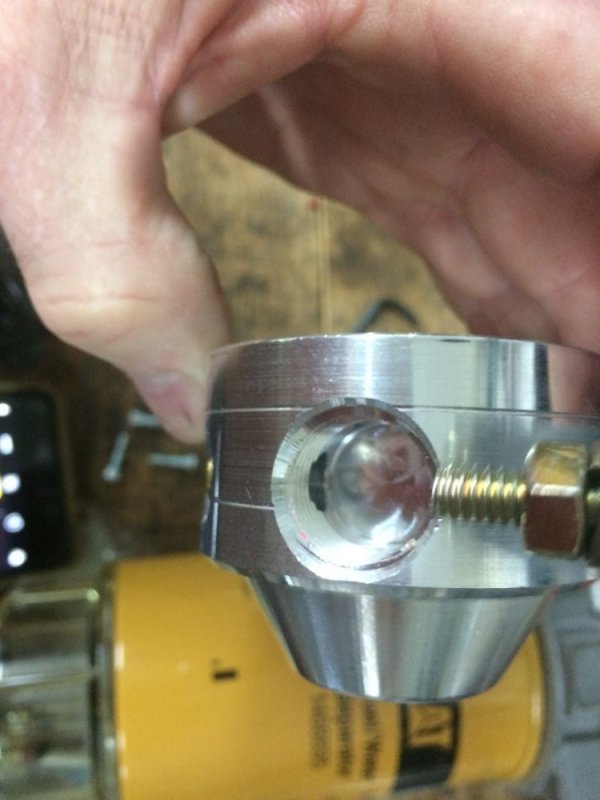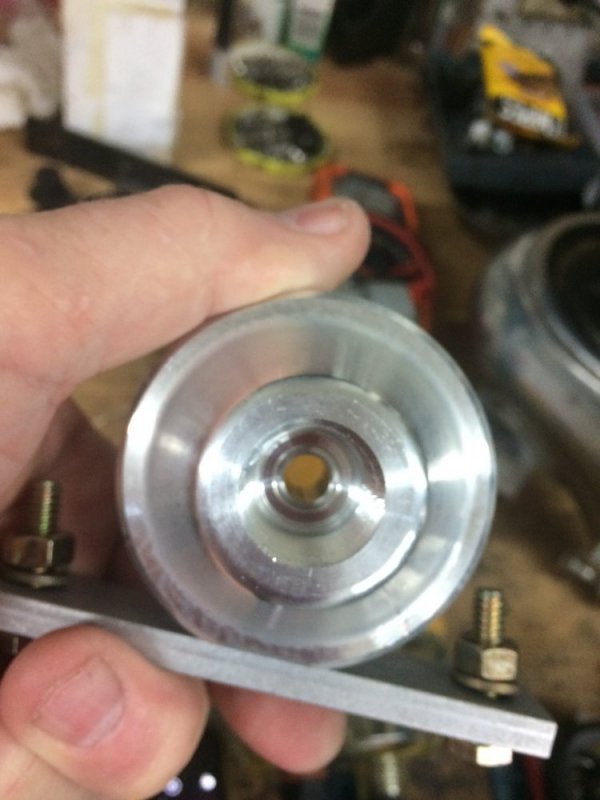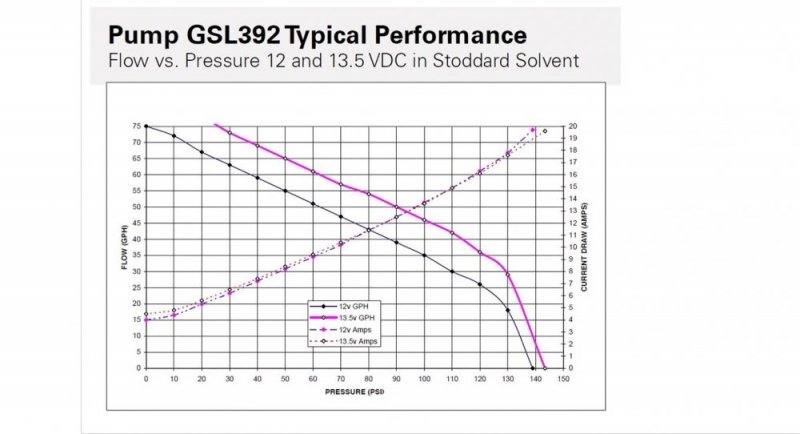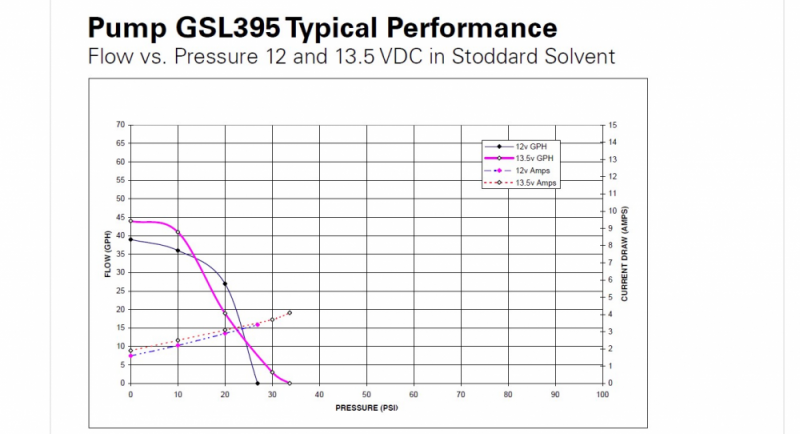Will L.
Well-Known Member
Yeah, if you are going to have the fuel in constant circulation because you want to polish (super filter) the fuel, Then a lot of circulating fuel makes sense. It doesn't add up to me.
I learned fuel systems on older carbureted gassers, so my default is still "just keep the bowl full". My line of thinking is, If you add up how much fuel has to get pumped to the ip and keep it up to the design pressure, everything else is just a waste. Is there a specific pressure we want to keep the return fuel line at?
With the pic of Warwagon's recent flap in ip feed line, I am rethinking how connections should be done to the ip and fuel pressure gauge. He mentioned pressure gauge reading the ip housing...
I learned fuel systems on older carbureted gassers, so my default is still "just keep the bowl full". My line of thinking is, If you add up how much fuel has to get pumped to the ip and keep it up to the design pressure, everything else is just a waste. Is there a specific pressure we want to keep the return fuel line at?
With the pic of Warwagon's recent flap in ip feed line, I am rethinking how connections should be done to the ip and fuel pressure gauge. He mentioned pressure gauge reading the ip housing...

